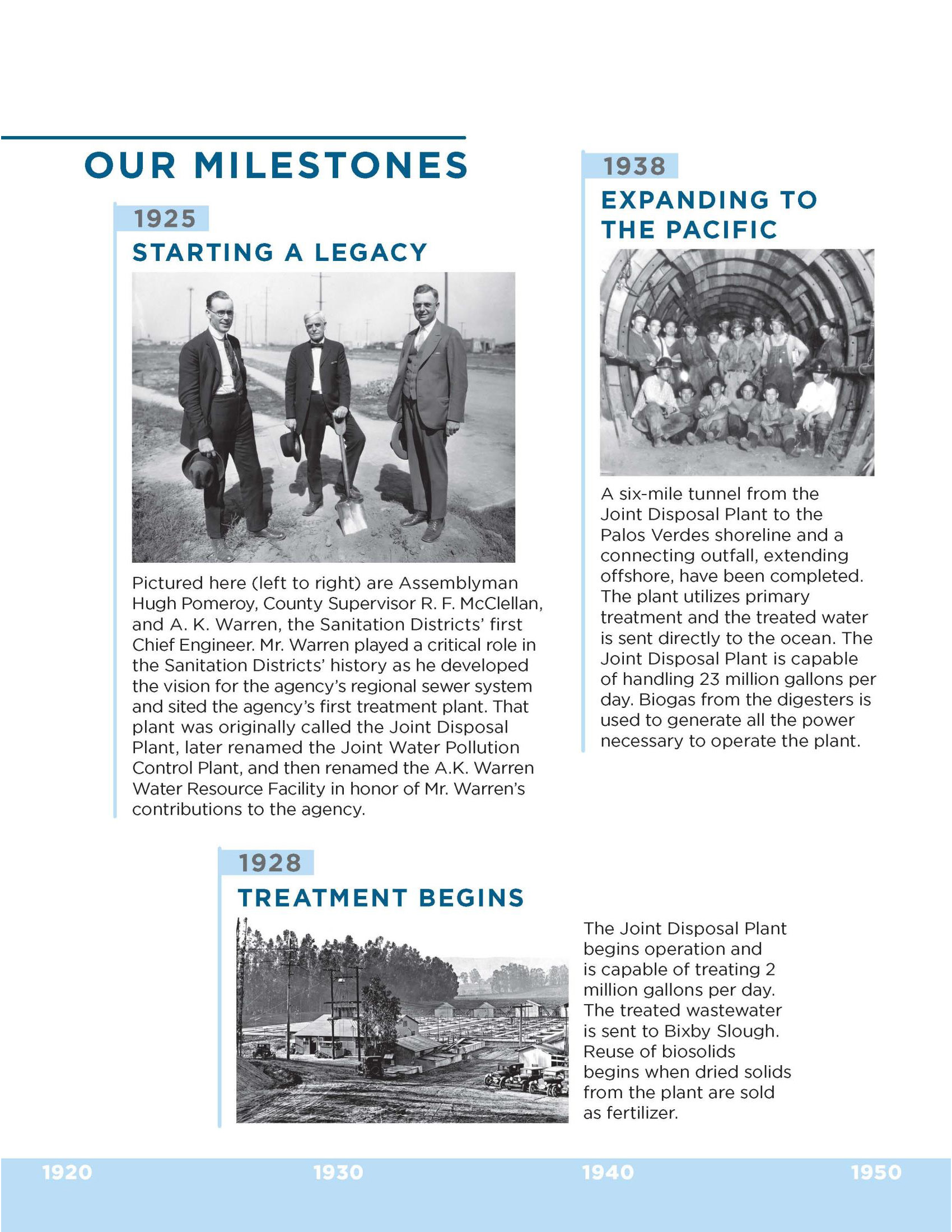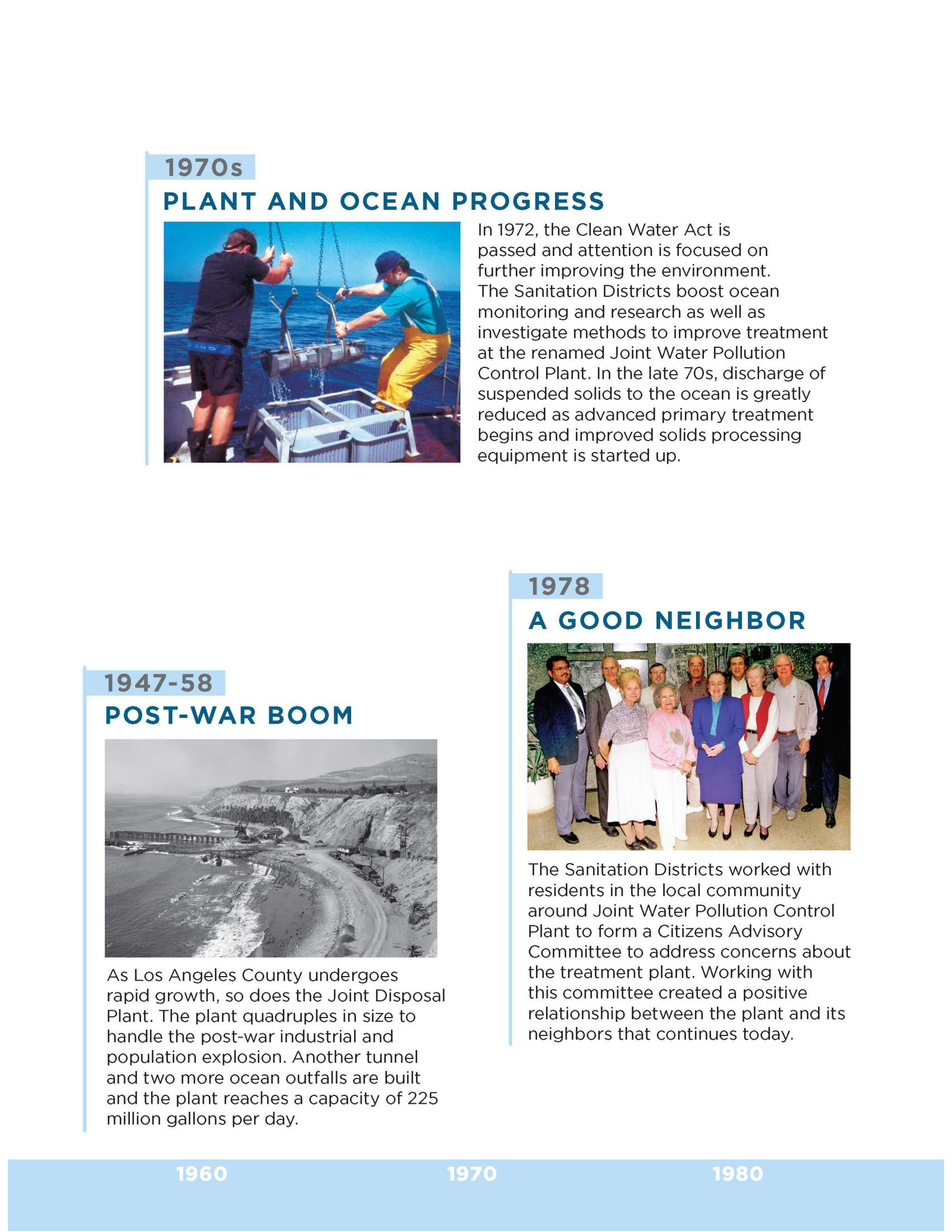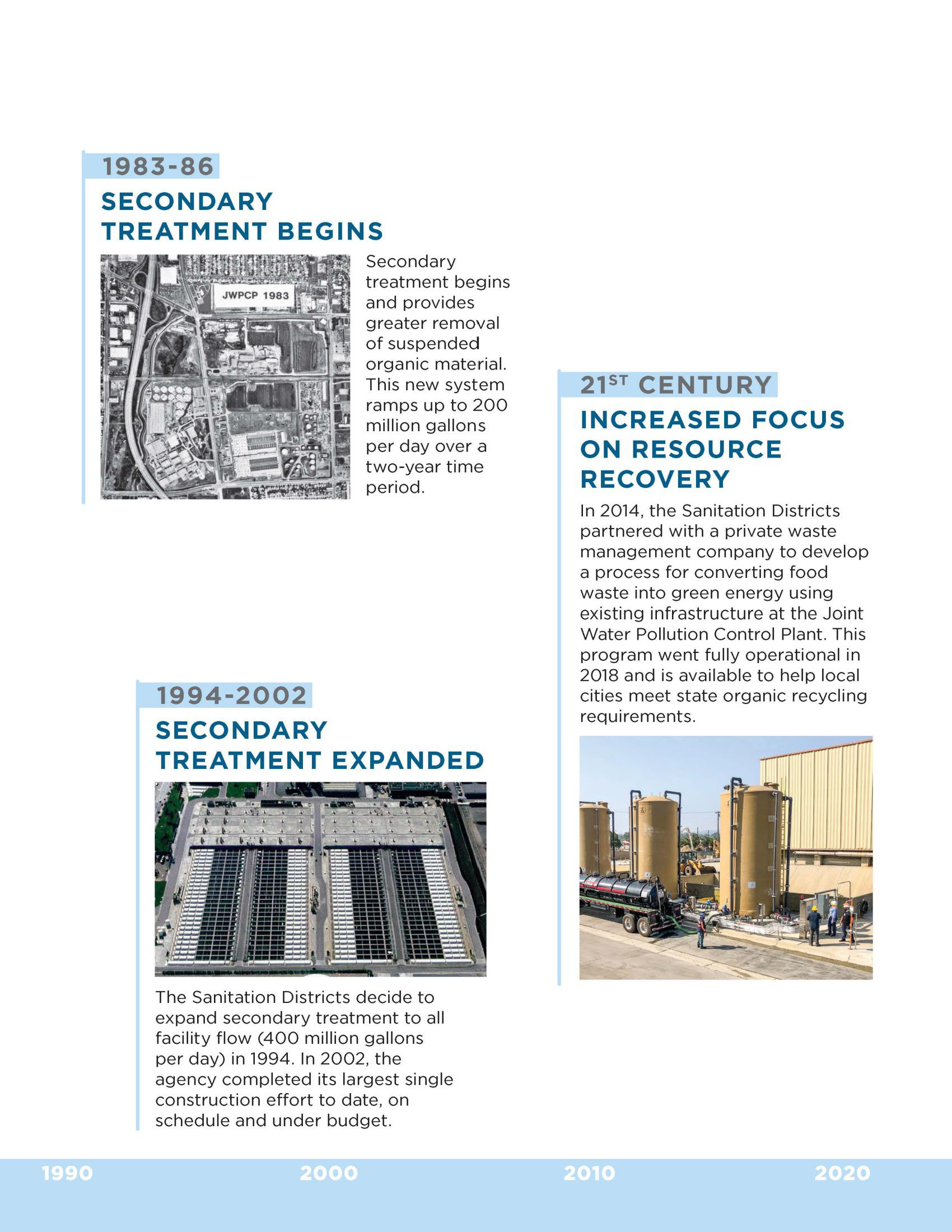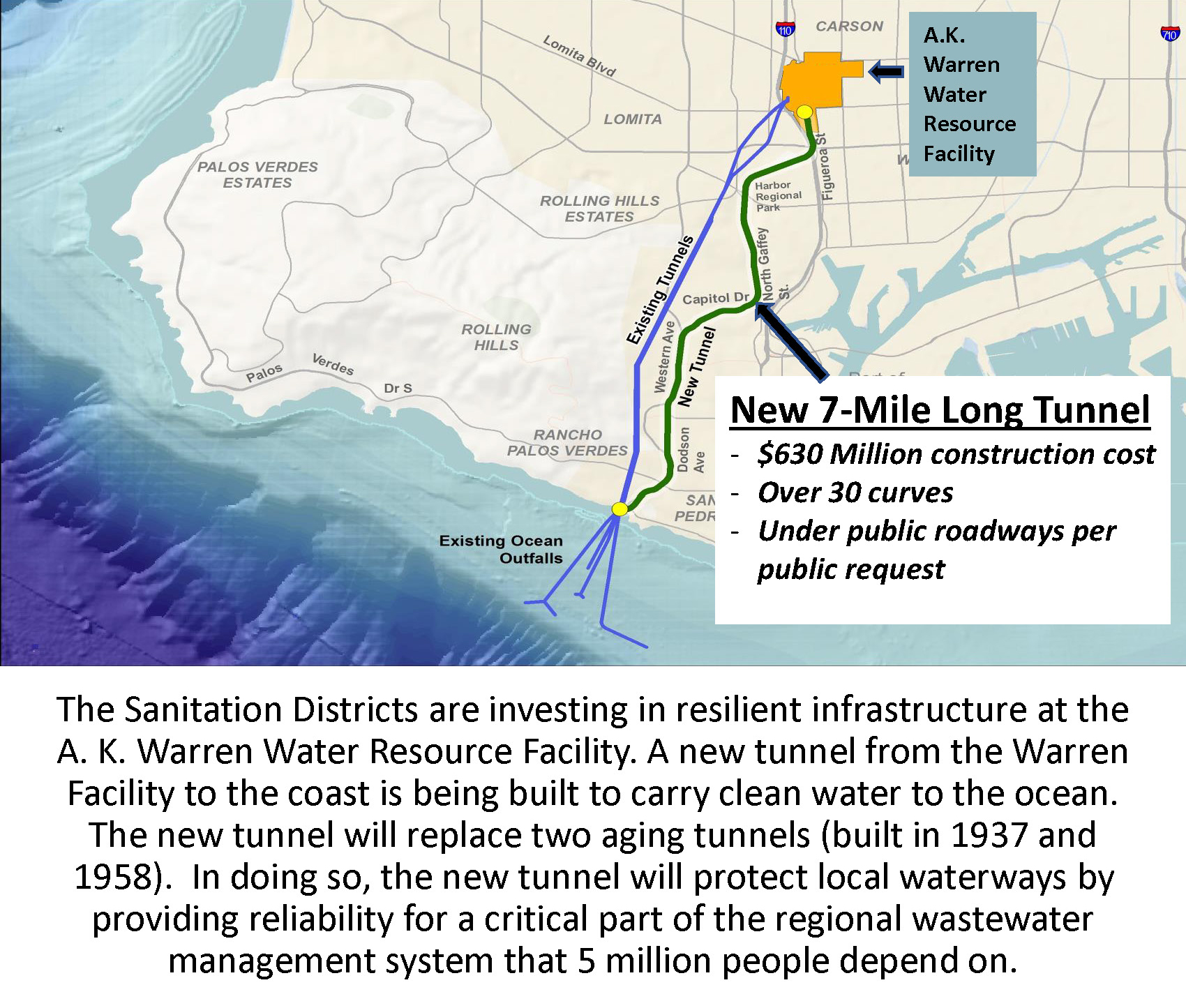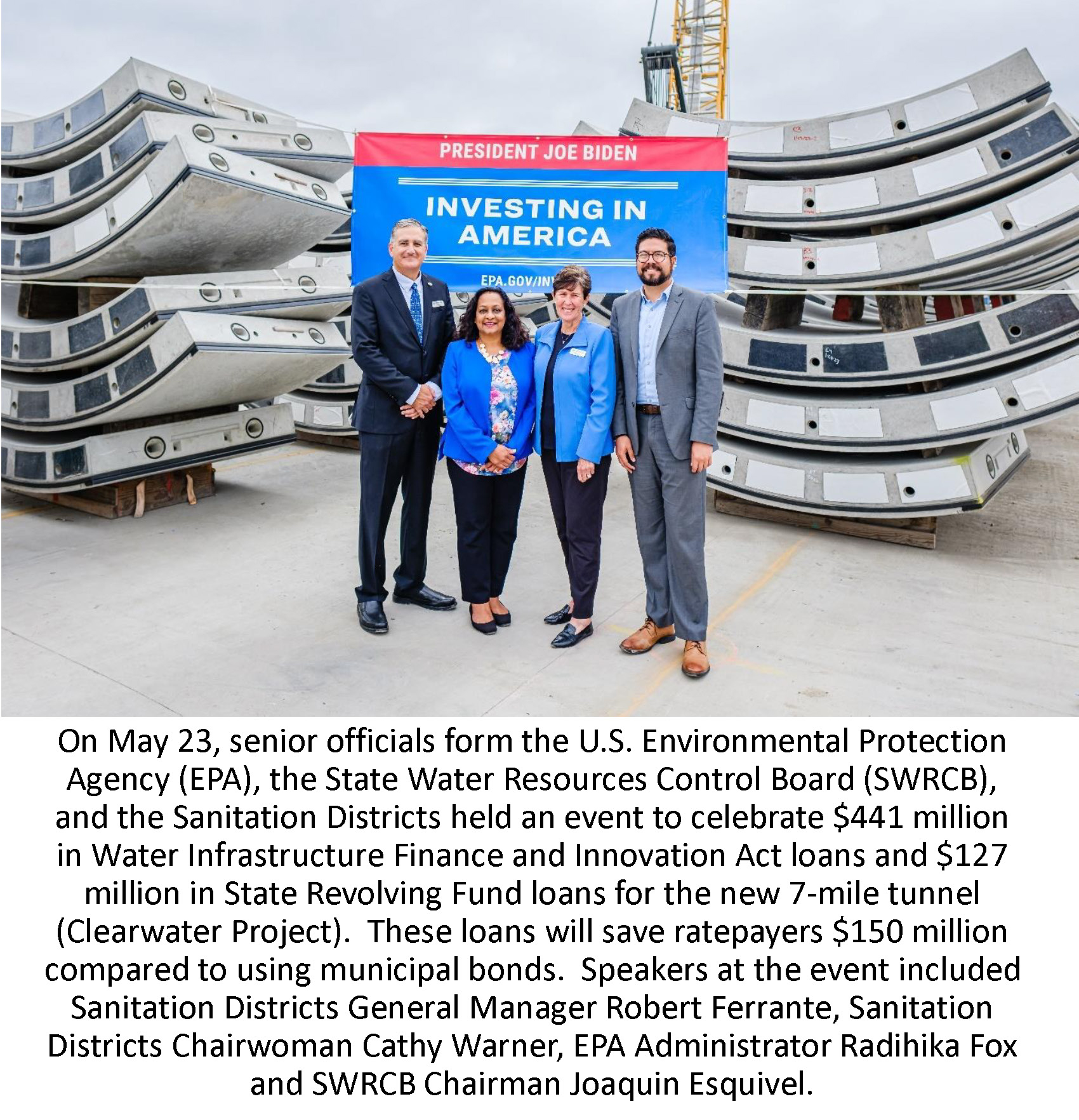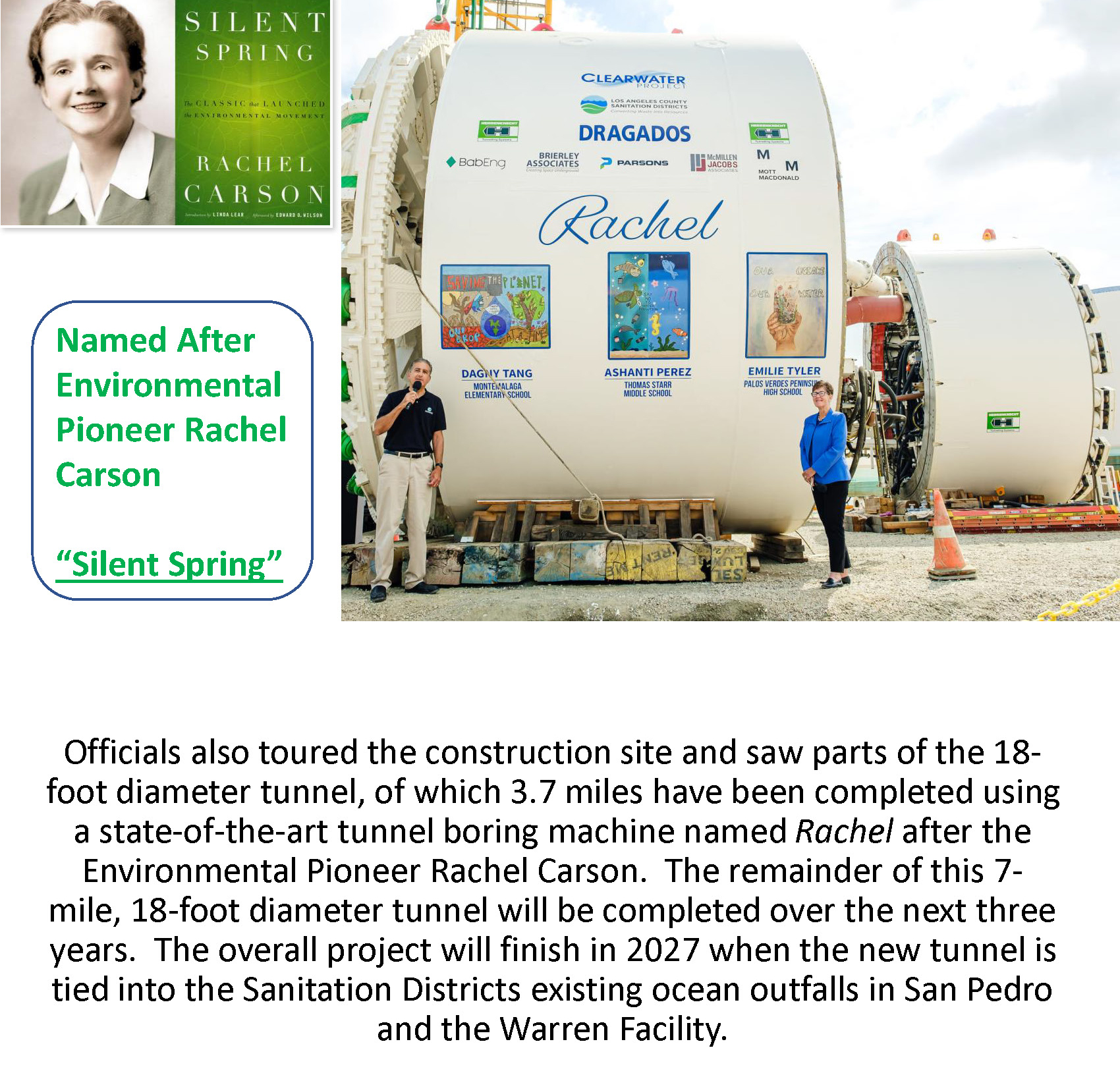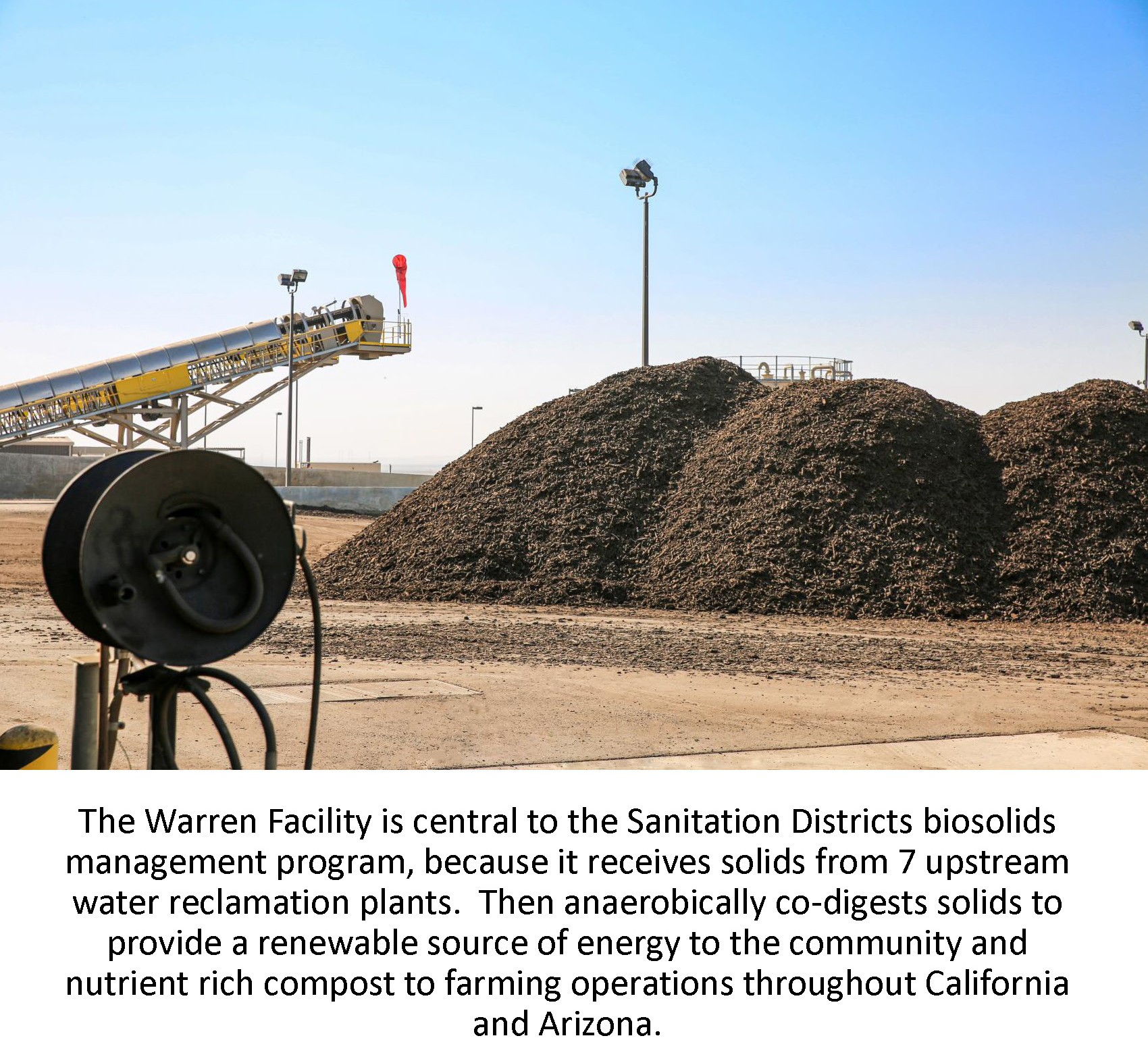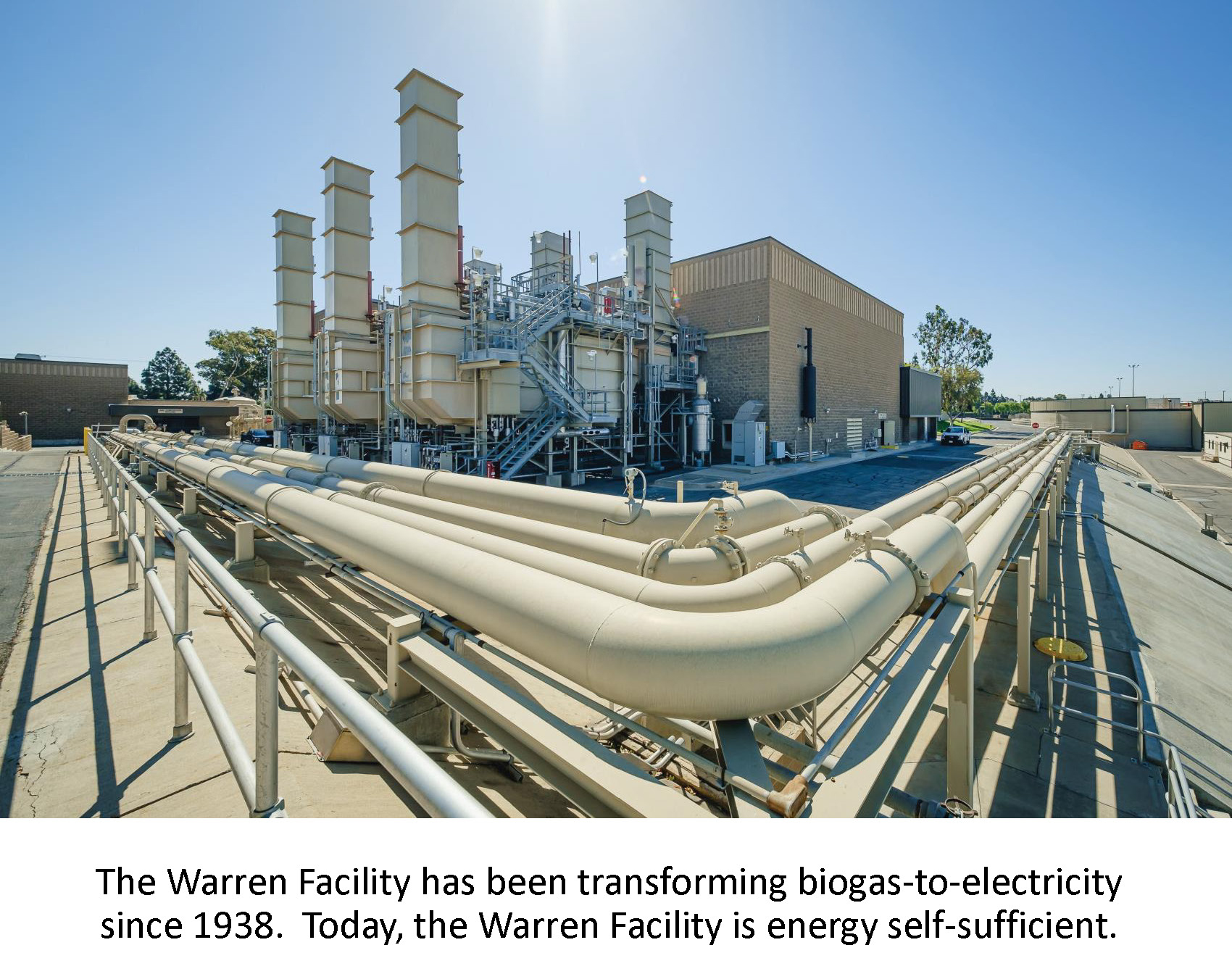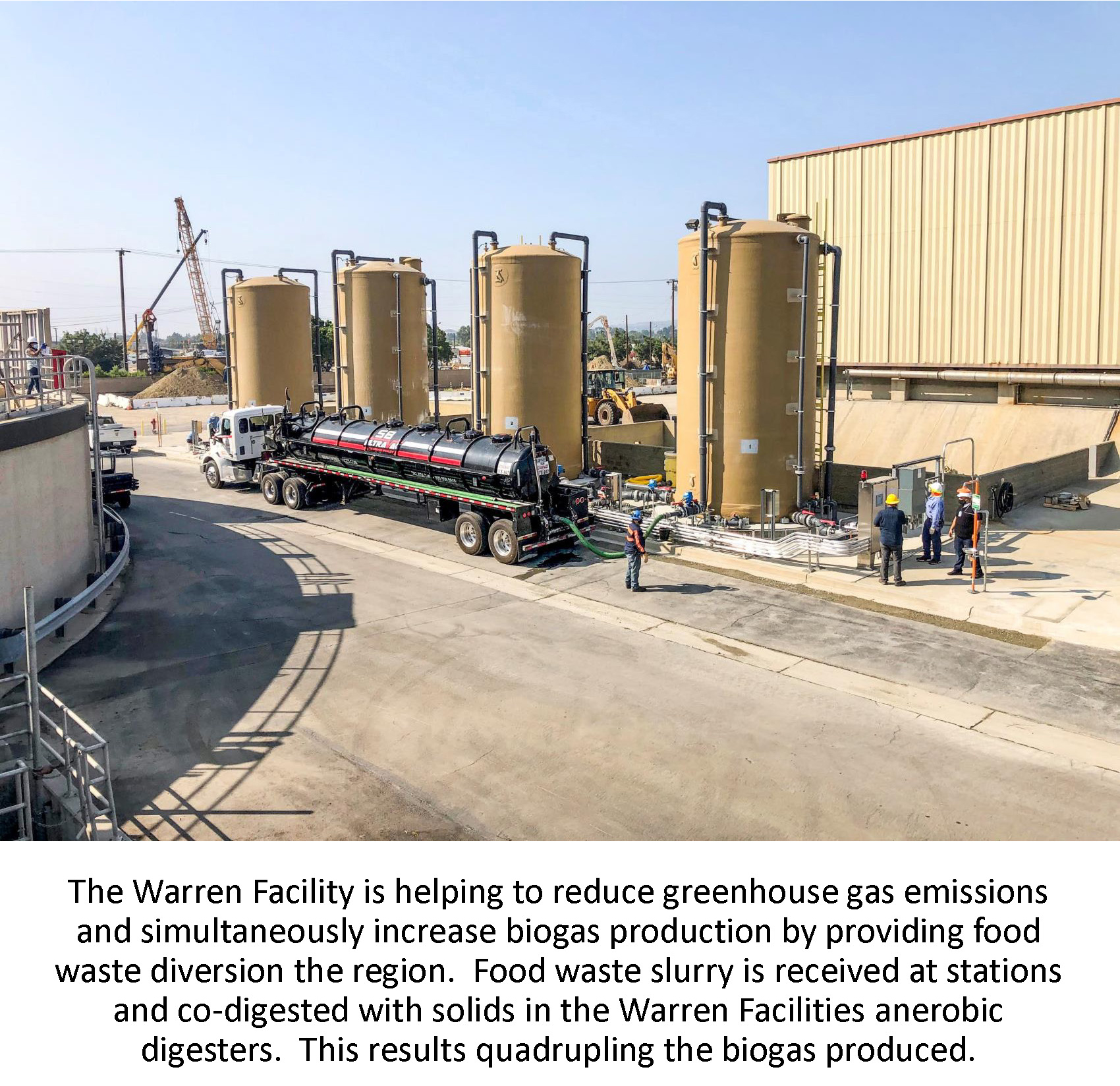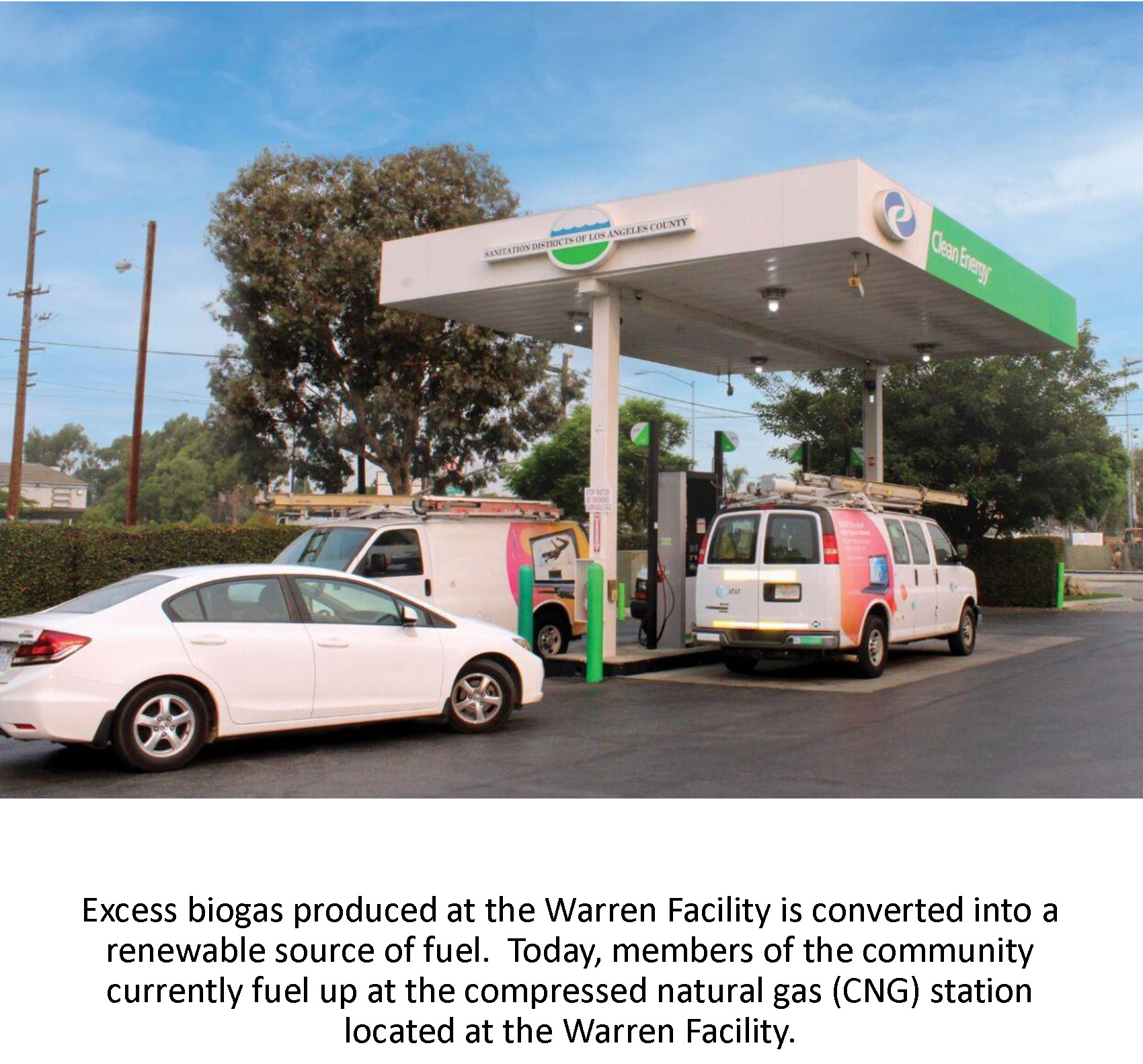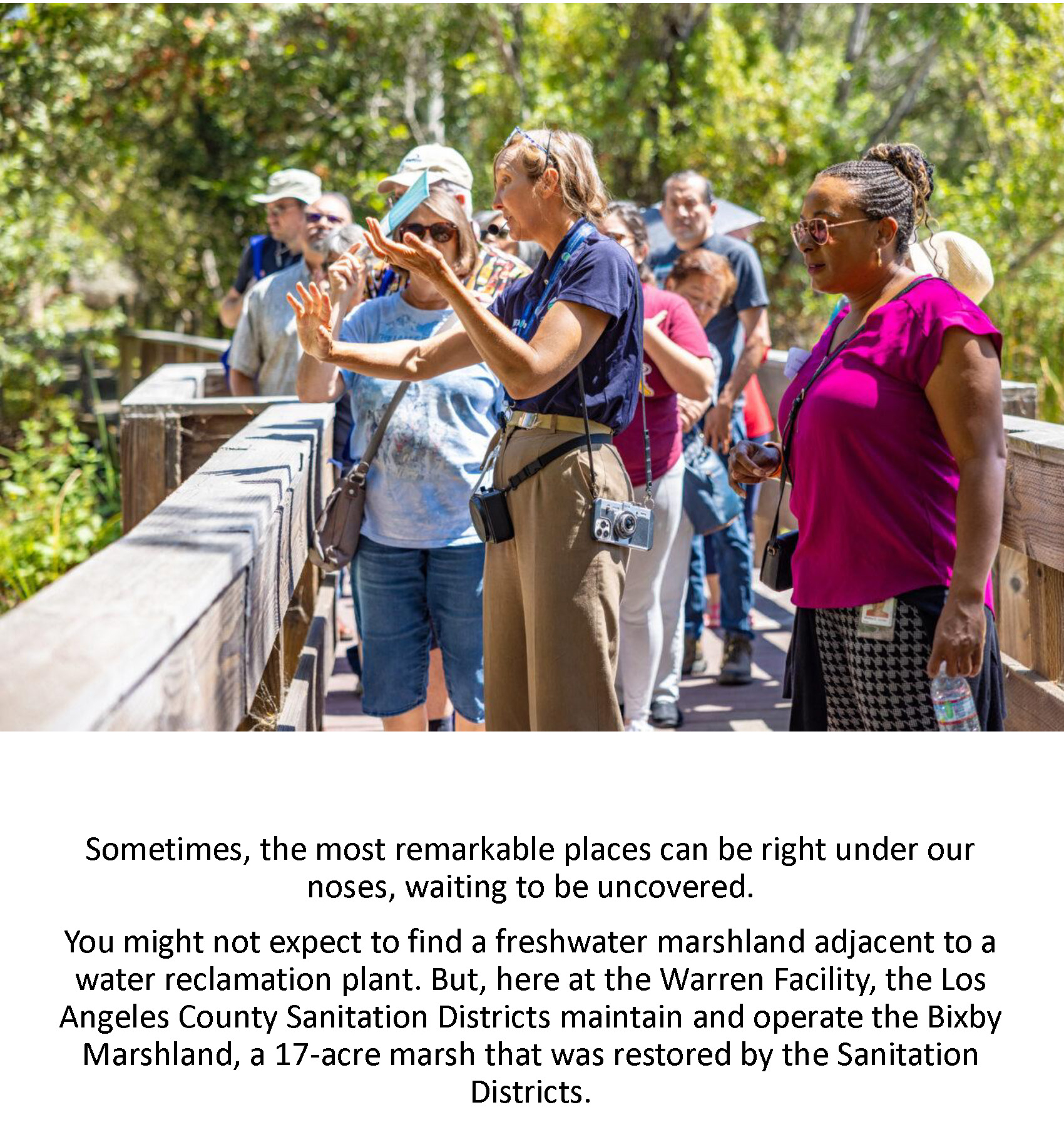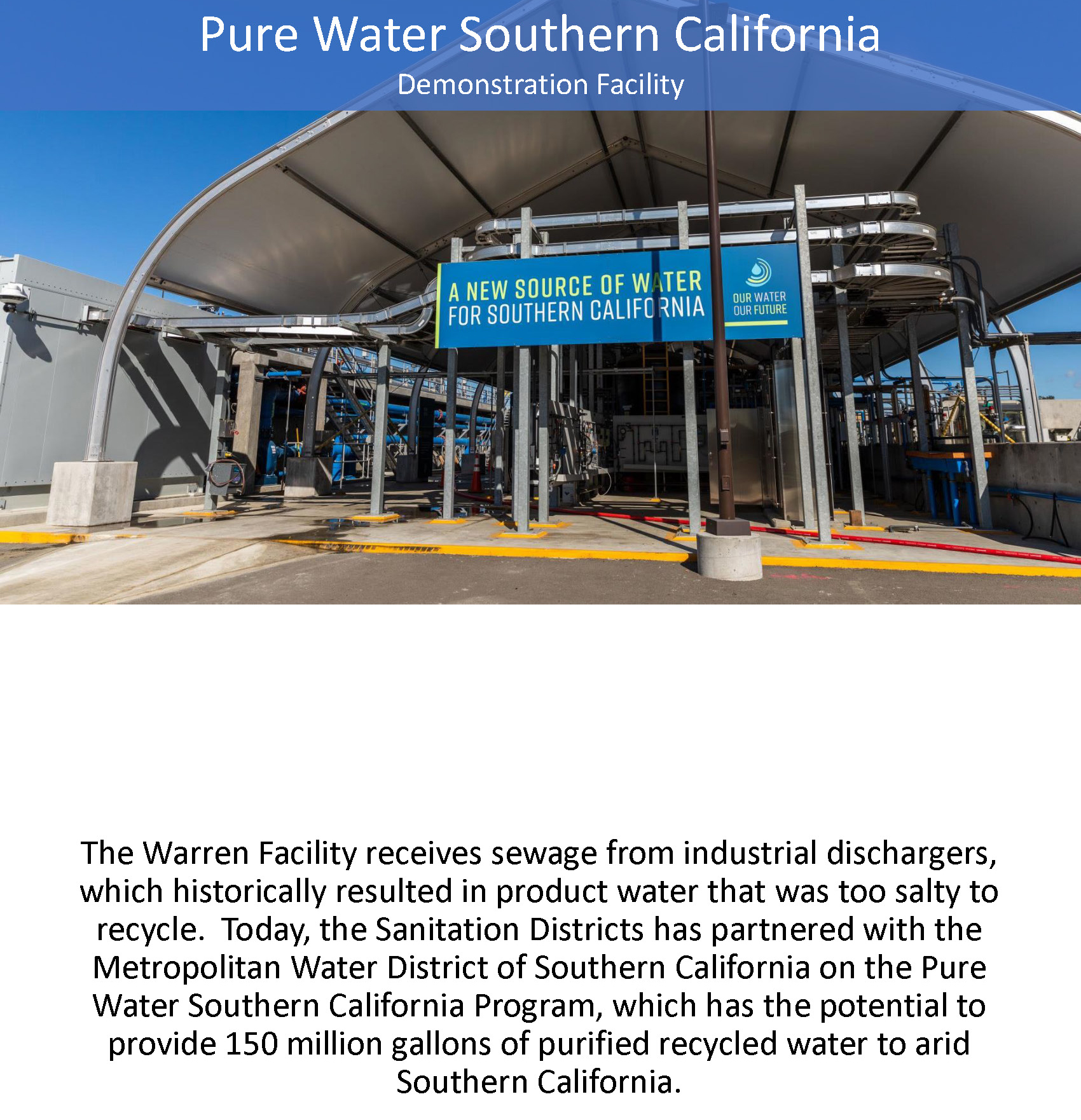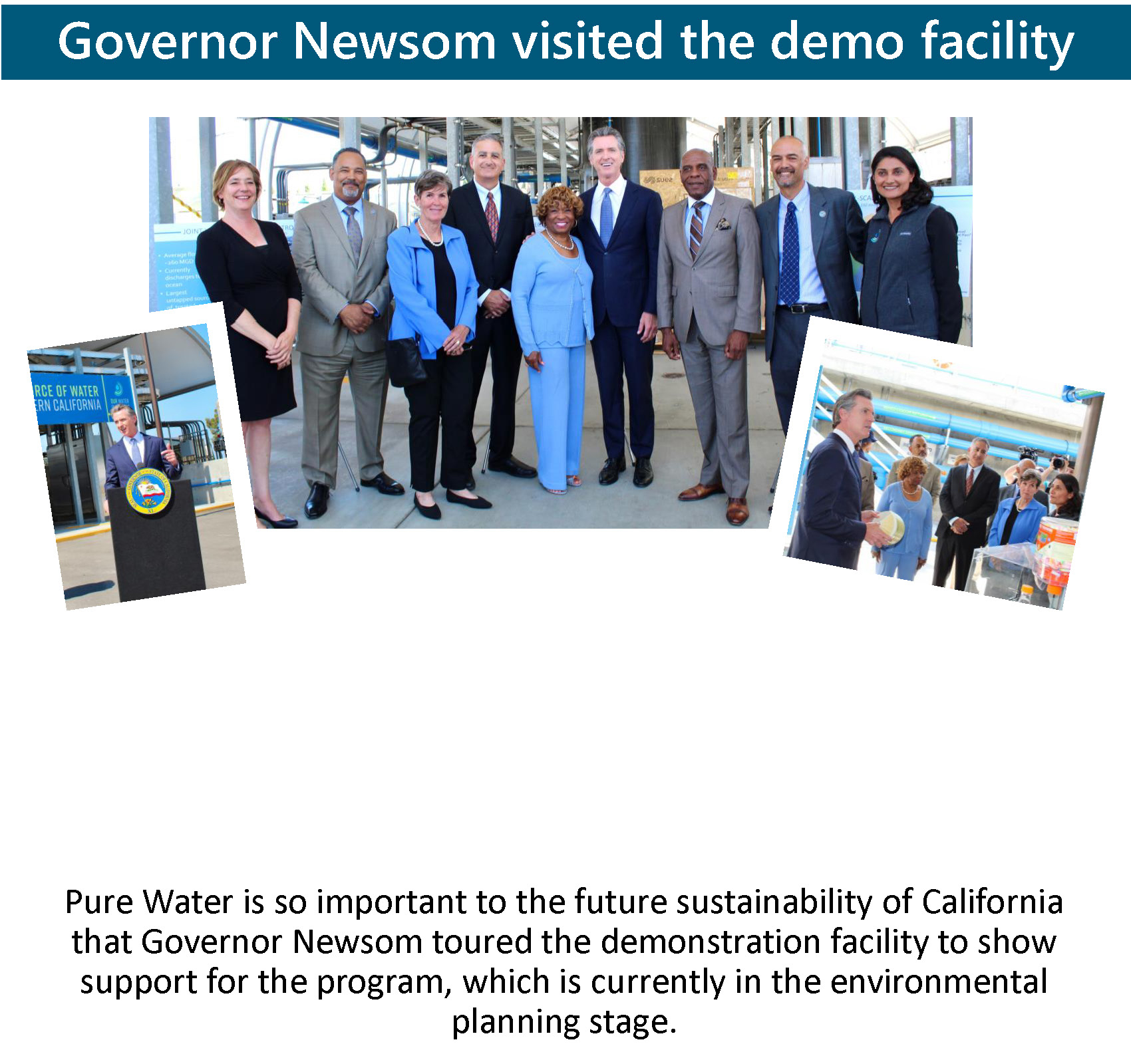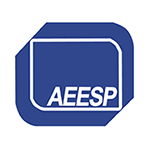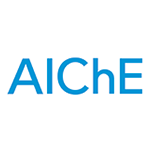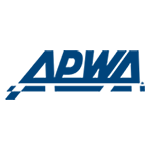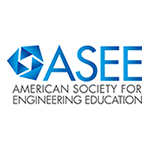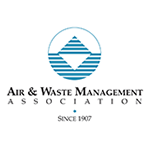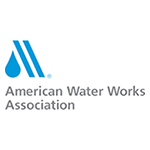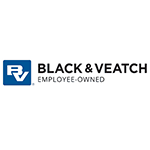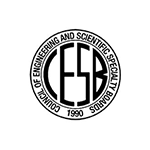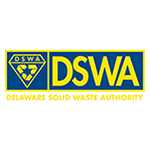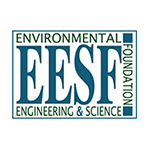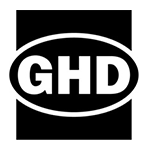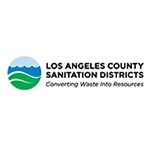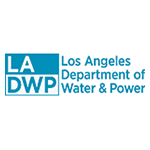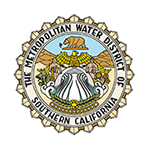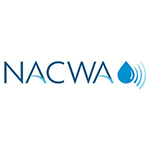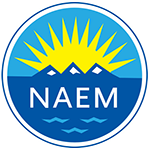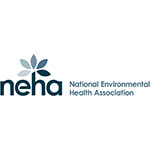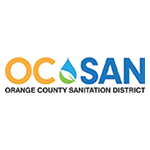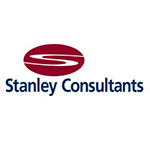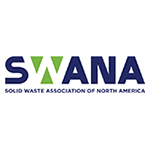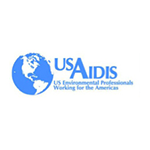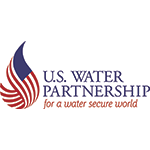- Home
- Contact Us
- AAEES Staff
- AAEES Board of Trustees
- American Academy of Environmental Engineers Certification Board
- American Academy of Environmental Scientists Certification Board
- AAEES Committees
- State and Regional Representatives
- Representatives to Other Organizations
- Previous Leadership
- Interactive Who's Who
- Student Chapters
- Tau Chi Alpha
- News & Events
- Awards
- AAEES Awards Criteria
- 40 Under 40 Recognition Program
- Edward J.Cleary Award
- Excellence in Environmental Engineering and Science Education
- Gordon Maskew Fair Award
- Honorary Member
- International Honorary Member
- Ralph and Joe Bales Graber Science Award
- Stanley E. Kappe Award
- Environmental Communications Awards Competition
- Excellence in Environmental Engineering and Science Competition
- The AAEES Chapter Blue Marble Award
- Publications
- Join
- Members
- Program Support
- Jobs
2024 Excellence in Environmental Engineering and Science™ Awards Competition Winner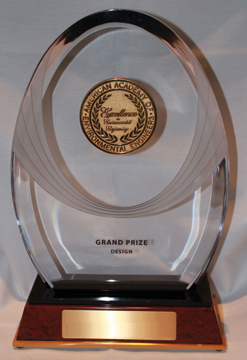
Grand Prize - Safe Water Drinking Act of 1974A.K. Warren Water Resource FacilityEntrant: Los Angeles County Sanitation Districts Entrant Profile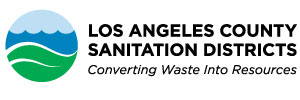
The Sanitation Districts operate 11 wastewater (sewage) treatment facilities. The largest of these is the A.K. Warren Water Resource Facility (Warren Facility). This facility serves 5 million people and can clean 400 million gallons of wastewater per day, making this one of the largest treatment facilities in the world. Seventeen sanitation districts are served by a regional, interconnected sewerage system known as the Joint Outfall System (JOS). The Warren Facility is the hub of the JOS and provides centralized processing of solids removed during wastewater treatment for all the JOS plants. The Warren Facility plays a critical role in protecting public health and our environment for much of Los Angeles County. The facility combines wastewater treatment with innovative resource recovery, and care for the surrounding community to create a state-of-the-art facility. Since the facility began operating in 1928, the facility has expanded and evolved to help meet the region’s needs. In addition to protecting public health and the environment, the facility helps the region be more sustainable by converting waste into resources like green energy and nutrient-rich compost. Seventeen sanitation districts are served by a regional, interconnected sewerage system known as the Joint Outfall System (JOS). The Warren Facility is the hub of the JOS and provides centralized processing of solids removed during wastewater treatment for all the JOS plants. The Warren Facility plays a critical role in protecting public health and our environment for much of Los Angeles County. The facility combines wastewater treatment with innovative resource recovery, and care for the surrounding community to create a state-of-the-art facility. Since the facility began operating in 1928, the facility has expanded and evolved to help meet the region’s needs. In addition to protecting public health and the environment, the facility helps the region be more sustainable by converting waste into resources like green energy and nutrient-rich compost. Project DescriptionIntroducing the A.K. Warren Water Resource FacilityThe Joint Water Pollution Control Plant can treat 400 million gallons per day, making it the Sanitation Districts’ largest treatment plant and one of the largest in the world. The plant was renamed the A.K. Warren Water Resource Facility (Warren Facility) during the agency’s centennial celebration to better reflect the facility’s current role. The Warren Facility support regional sustainability through the following programs:
Resilient InfrastructureThe Sanitation Districts operate 11 wastewater (sewage) treatment facilities. Seven are part of a regional, interconnected sewerage system known as the Joint Outfall System (JOS) that serves 5 million people. The Warren Facility is the hub of the JOS and provides centralized processing of solids removed during treatment for all JOS plants. The Warren Facility also serves as a backstop for the remaining (upstream) water reclamation plants. If there is a problem with an upstream plant, the Warren Facility must handle the flow. Industrial sewage tends to be too salty to recycle cost-effectively. To cost-effectively recycle sewage, the JOS is configured to route non-industrial sewage to the water reclamation plants and industrial sewage to the Warren Facility, which has an ocean discharge that is suitable for the cleaned but salty effluent. Effluent is conveyed to the ocean via two 6-mile tunnels that are over 60 years old. To ensure that the Warren facility can continue supporting the JOS and discharging to the ocean, the Sanitation Districts are constructing a new 18-foot diameter, 7-mile-long tunnel to replace the existing tunnels. This effort is known as the Clearwater project and half of the tunnel has been completed. Biosolids ManagementOver its 95-year history, the Warren Facility has hosted several innovations. In the 1920s, dried biosolids (the treated solid material from wastewater treatment) were sold by Kellogg Garden Products as fertilizer. Today, much of the nutrient-rich biosolids produced by the Warren Facility are composted and applied to agricultural land to improve soil for farming. Biogas-to-ElectricityIn the 1930s, biogas from the facility’s anaerobic digesters (which are used to treat wastewater solids) was used to power pumps and fuel engines that created electricity to meet all the facility’s power needs. Today, biogas fuels an onsite power plant called the Total Energy Facility, which allows the Warren Facility to be energy self-sufficient. The facility can produce 20 MW, which is equivalent to the power needs of 20,000 homes. Food Waste RecyclingCalifornia’s Senate Bill (SB) 1383 requires Californians to divert organic waste (which is primarily food waste) from landfills to another end use. The Sanitation Districts have developed a food waste recycling program to help its member cities meet SB 1383 requirements. The heart of this program is accepting food waste slurry at the Warren Facility where the slurry is co-digested with solids removed during wastewater treatment. The Warren Facility now produces more biogas than its power plant can process. Excess electricity is sold to the power grid and the income helps keep wastewater treatment rates down. Alternative FuelsExcess biogas is sent to onsite facilities that convert the biogas into vehicle, which is served at a nearby compressed natural gas fueling station owned by the Districts. The Warren Facility currently recycles about 500 tons of food waste per day but this number is expected to grow as more cities start programs to meet SB 1383. To beneficially use more biogas, the Sanitation Districts will be constructing biogas purification facilities at the Warren Facility to create renewable natural gas that will be added to the nearby gas pipelines, which will reduce the need for fossil-fuel derived natural gas. Marshland RejuvenationThe Sanitation Districts have a long history of working with and giving back to the community around the Warren Facility. In 2009, the Sanitation Districts improved a 17-acre marshland located on facility property. The marsh is open for the public to enjoy on the first Saturday of the month or by appointment. Water RecyclingLos Angeles County is and arid with limited rainfall and limited local water supply. To minimize use of precious potable water, the Warren Facility recycles nearly 25 million gallons per day of treated wastewater (secondary effluent) for various treatment processes. As mentioned above, the Warren Facility accepts much of the region’s industrial sewage), which results in the facility’s treated water being too salty to reuse. Removing salt requires advanced treatment, which was long considered too costly. However, recent improvements in technology and changes to Los Angeles County’s water supply now make advanced treatment feasible. To recycle the Warren Facility’s water, the Districts have partnered with the Metropolitan Water District of Southern California on the Pure Water Southern California Program. This program would purify the cleaned water from the Warren Facility (including removing salt) to create a reliable, drought-resistant water supply for 1.5 million people. This program is currently in the environmental planning phase and could become one of the world’s largest water recycling programs. The Warren Facility has become a water resource facility and completing the Pure Water program would finish this transformation. Essentially everything that comes into the facility would be recycled into different resources − water, compost, and green energy. Click images to enlarge in separate window.
Click here to return to the list of 2024 winners. |

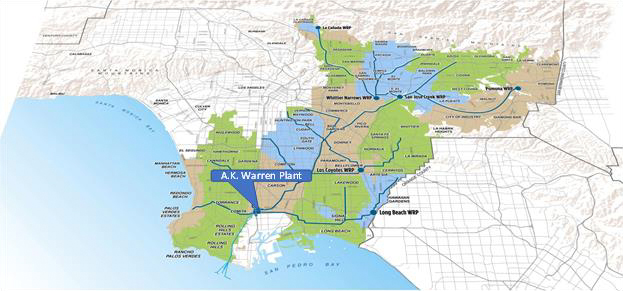 The Los Angeles County Sanitation Districts (Sanitation Districts) consist of 24 independent special districts serving about 5.5 million people in Los Angeles County. Their collective service area encompasses 78 cities and unincorporated areas. This public agency provides environmentally sound, cost-effective wastewater treatment and solid waste management and, in doing so, converts waste into resources such as recycled water, energy, and recycled materials.
The Los Angeles County Sanitation Districts (Sanitation Districts) consist of 24 independent special districts serving about 5.5 million people in Los Angeles County. Their collective service area encompasses 78 cities and unincorporated areas. This public agency provides environmentally sound, cost-effective wastewater treatment and solid waste management and, in doing so, converts waste into resources such as recycled water, energy, and recycled materials.